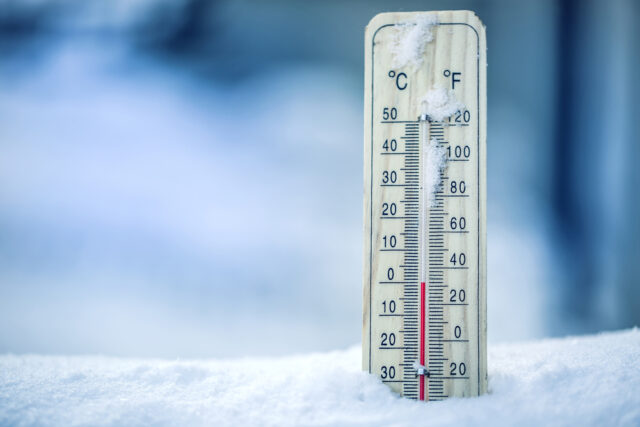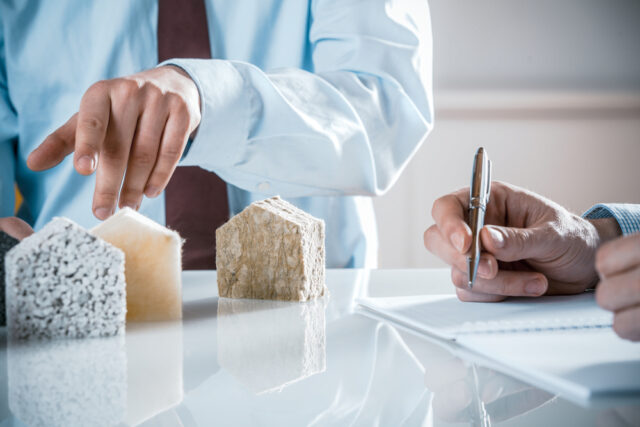
How to choose a thermo housing? 5 expert tips
How to choose a thermo housing? 5 expert tips
Analyzing the market, you can see that the segment of thermo housings is conservative. It would seem that it is rather challenging to create an innovation here. However, in recent years, an expansion of the range of thermal housings has been observed. Let’s take a look at the criteria for choosing solutions.
Why do you need a thermal case?
Initially, the thermal case for a video camera was intended for outdoor/outdoor surveillance systems, including long-range ones. Today, the market for thermal housings has an impact on the construction of video monitoring systems at non-standard and specific facilities:
- in coastal areas;
- in conditions of extremely high/low natural temperatures;
- in places with a high probability of mechanical impact, including explosions and vandalism;
- on the territory of industrial enterprises, where chemical and other aggressive environments can affect video equipment.
Traditional selection criteria
As a rule, a thermal case is selected according to the following technical parameters:
- Protection class (against dust, moisture). The permissible enclosure protection value is within IP 66-68 in accordance with GOST 14254-2015 (IEC 60529: 2013), effective in the Russian Federation since March 1, 2017.
- Impact class. IK-10 is recommended.
- Temperature ranges from – 55 to +55 degrees Celsius, which provides equipment protection in different regions of the Russian Federation.
- Additional criteria:
- automatic cleaning of glasses and lenses for smooth operation in high humidity/dust formation;
- protective coating against aggressive effects (radiation, chemicals).
5 expert tips
In addition to standard selection methods, we recommend choosing housings according to a particular selection system. It covers the entire range of technical specifications.
The power system evaluation
As a rule, the casing is fastened utilizing hidden cable routing. Pay attention if any wires pass outside. In this case, the reliability of the system will be in question.
Next, we look at the box’s power supply system. Two types of power are acceptable:
- from a standard power supply (220 V);
- from a 12 or 24 V source.
In both cases, you need to take into account the subtleties of equipment installation. You will learn a lot of helpful information from the article “How to kill a video surveillance system during installation. 6 common mistakes”.
The latest generation of thermal housing for a camera can be equipped with a PoE splitter (a device that allocates a 12V line from the Internet). It separates the supply voltage and data so that one cable is directed to heating and the other connects the network camera.
Choose material
Modern thermal housings can be purchased in three versions:
- in metal. Metal products are resistant to any environmental influences (mechanical, chemical, temperature).
- in polymer plastic. These materials are characterized by low strength to aggressive conditions, temperature extremes, and mechanical stress. However, they have low thermal conductivity and lightness.
- in carbon (high strength polymeric materials). The cost of such products is several times higher due to the high cost of the material.
Heat it up
If the camcorder is designed to work at ultra-low temperatures and is switched on via an external signal (i.e., does not work 24/7), it needs the “cold start” function. It allows you to quickly heat the space inside the thermo housing until the video equipment is turned on.
Condensation often appears on the lens of a camcorder placed in housing. The reason is usually trivial:
- opened the thermal box to set the focal length or connect the cable;
- did not dry out the space and the components of the system.
What you need to do: during assembly, after opening the therm housing, be sure to dry the elements or use a heating element for glass.
Details on other options for combating condensation are in the article “7 Ways to Get Rid of Condensation on a CCTV Camera.“

Cool it down
In conditions of work in ultra-high temperatures (for example, in a steel workshop or in the external environment of the southern regions), it is recommended to use:
- the light color of the casing;
- sun visor for additional air gap;
- cooling system.
Assess the interior space
The main thing is that the internal volume of the thermal housing must correspond to the dimensions of the video camera, lens, and other modules.
However, remember that the more free space is in the box, the easier it is to cool it. And also, the less free space is in it, the easier it is to heat it.
Conclusion
As practice shows, choosing thermal housing is not always an easy task. It is necessary to consider many factors: environmental conditions, goals, and objectives of video surveillance, the size of the object, and others. If you have a problem choosing a thermal case, contact the professionals of the Faceter company.













